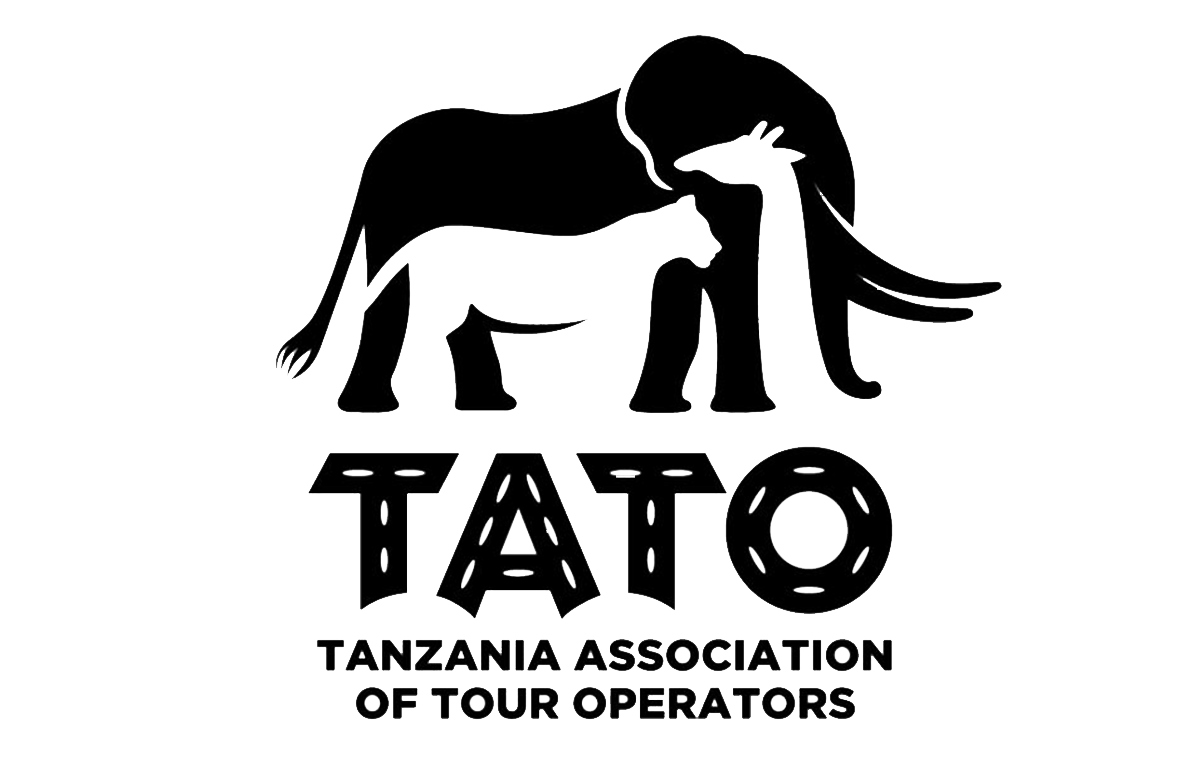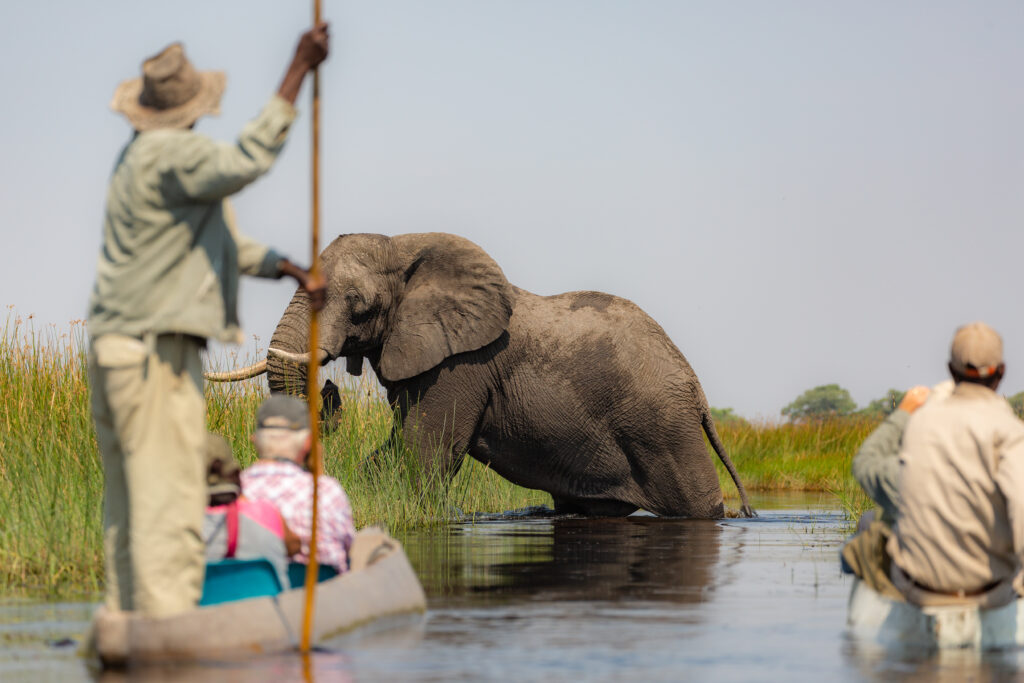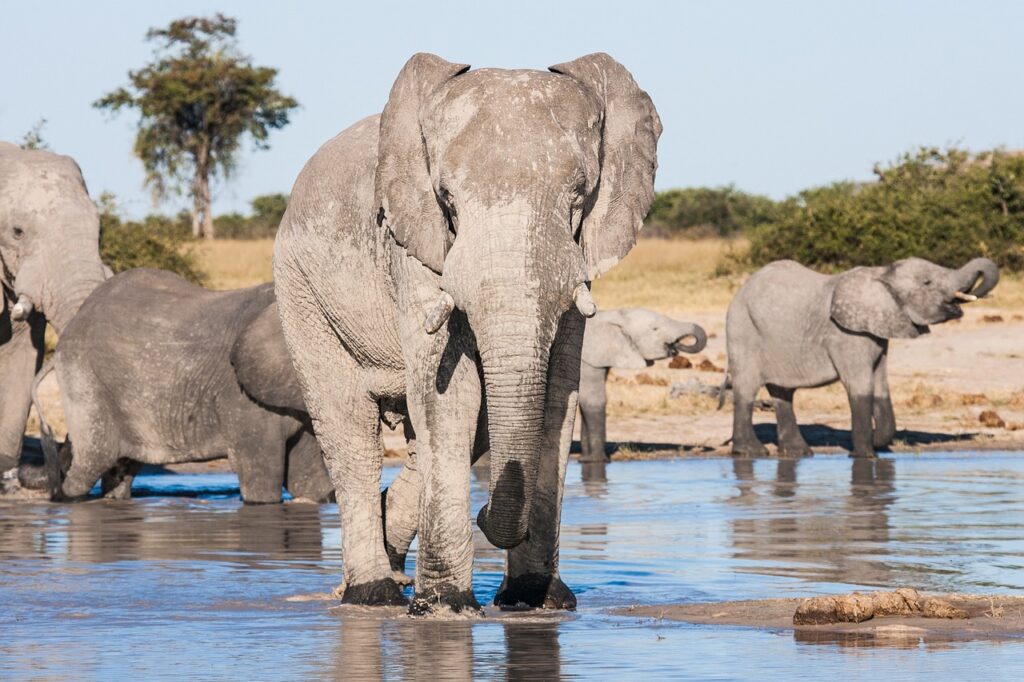AFRICA TRAVEL TIPS WHILST IN BOTSWANA SAFARI
Safaris in Botswana provide visitors with an unparalleled opportunity to see the natural wonders of Southern Africa.
The dry season in Botswana, which runs from July to October, is the best time to go wildlife watching in the country. The “shoulder season” in Botswana runs from May through June and is considered to be the best time to visit the country since the weather is pleasant and there are less tourists around.
When traveling to Botswana for tourism purposes, citizens of the United States and Canada do not need a tourist visa for stays of up to ninety(90) days.
On a Botswana safari, consider wearing light, breathable layers like cotton or hybrid short-sleeve shirts, sweaters, and a windbreaker or lined jacket. Choose comfortable convertible or athleisure pants and close-toed shoes. Bring a wide-brimmed hat for sun protection, bug spray with high concentration of DEET, binoculars, and a pocket-sized flashlight for night-time activities. Soft-sided luggage or duffels are preferred for storage on safari vehicles and light aircraft.
Botswana is home to some of Africa’s best game reserves, including the Moremi Game Reserve in the Okavango Delta, Central Kalahari Game Reserve, and Makgadikgadi Pans National Park. The Moremi Game Reserve is known as the “predator capital of Africa,” with a high concentration of lions, cheetahs, and leopards. The Central Kalahari Game Reserve, the second largest in the world, is home to giraffes, hyenas, and wild dogs. Makgadikgadi, with its largest salt plant network, attracts meerkat societies and African baobab trees, attracting zebras and flamingos during the rainy seaso
Botswana is home to a remarkable variety of animal life, including all five of Africa’s “Big Five” species: lions, leopards, elephants, rhinoceroses, and Cape buffalo. Hippos, cheetahs, giraffes, hyenas, zebras, warthogs, rhinos, and chacma baboons are some of the other prominent animals that live in Africa. Botswana’s Makgadikgadi Pans National Park is home to a variety of antelope species, including the larger kudu, sable antelope, and blue wildebeests. Additionally, the park is home to enormous packs of endangered African wild dogs that wander the salt plains of the famed Kalahari.




